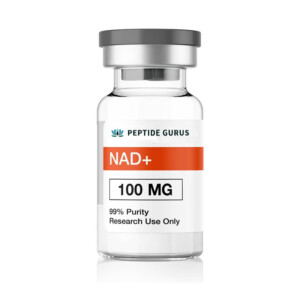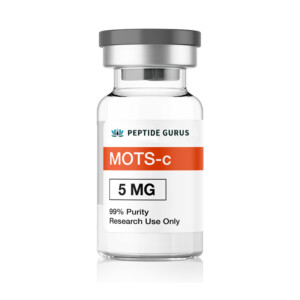The Vial Compact Line for Washing Recommendations is an essential part of maintaining the cleanliness and sterility of vials used in pharmaceutical and biotech industries. Proper washing of vials is crucial to ensure the safety and efficacy of the products they contain. En este articulo, we will provide detailed recommendations for washing vial compact lines to meet the highest standards of quality and compliance.

El primer paso para lavar las líneas compactas de viales es inspeccionar minuciosamente el equipo en busca de residuos o contaminantes visibles.. Esto incluye verificar las superficies interiores y exteriores de la línea compacta de viales., así como las boquillas, valvulas, y otros componentes. Cualquier residuo o contaminante debe eliminarse utilizando un agente y una técnica de limpieza adecuados.. It is important to follow the manufacturer’s guidelines for cleaning and maintenance to avoid damaging the equipment or compromising the washing process.
Once the vial compact line has been inspected and any visible residue or contaminants have been removed, it is time to prepare the washing solution. The washing solution should be compatible with the vial material and the products that were previously contained in the vials. Es importante utilizar un detergente o agente de limpieza específicamente formulado para el lavado de viales para garantizar una limpieza profunda y eficaz sin dejar residuos ni interferir con el proceso de esterilización..
El siguiente paso es cargar la línea compacta de viales con los viales a lavar.. Se debe tener cuidado de disponer los viales de manera que permita que la solución de lavado llegue a todas las superficies dentro de los viales.. Es importante evitar abarrotar la línea compacta de viales para garantizar una exposición adecuada de los viales a la solución de lavado.. El proceso de carga debe realizarse con precisión y atención al detalle para evitar daños a los viales o al equipo..
Una vez que los viales están cargados en la línea compacta, se puede iniciar el ciclo de lavado. Los parámetros de lavado, incluyendo la temperatura, duración, y presión, should be set according to the recommendations provided by the vial compact line manufacturer and the specific requirements of the products being washed. It is important to monitor the washing process closely to ensure that the vials are being cleaned effectively without being damaged or compromised in any way.
After the washing cycle is complete, the vials should be thoroughly rinsed to remove any traces of the washing solution. El proceso de enjuague debe realizarse con agua purificada o un agente de enjuague adecuado para garantizar que no queden residuos en los viales.. Es importante prestar atención a los parámetros de enjuague., como la calidad del agua, temperatura, y duración, para alcanzar el nivel deseado de limpieza y esterilidad.

Una vez lavados y enjuagados los viales, Deben ser inspeccionados nuevamente para garantizar que cumplan con los estándares requeridos de limpieza y esterilidad.. Any vials that do not meet the standards should be reprocessed or discarded according to the established procedures. It is important to document the washing process and the results of the inspection to demonstrate compliance with the regulatory requirements and quality standards.
In addition to following these recommendations for washing vial compact lines, it is important to establish a comprehensive validation and monitoring program to ensure the effectiveness and consistency of the washing process. This includes conducting regular performance qualification and monitoring the critical parameters of the washing process to identify and address any deviations or issues that may affect the quality and safety of the vials and the products they contain.
By following these recommendations for washing vial compact lines, pharmaceutical and biotech companies can maintain the highest standards of cleanliness, sterility, and product quality. This not only ensures the safety and efficacy of the products but also helps to build trust and confidence among healthcare professionals and consumers. With a robust washing process in place, companies can minimize the risk of contamination, product recalls, and regulatory non-compliance, ultimately leading to improved patient outcomes and business success.

